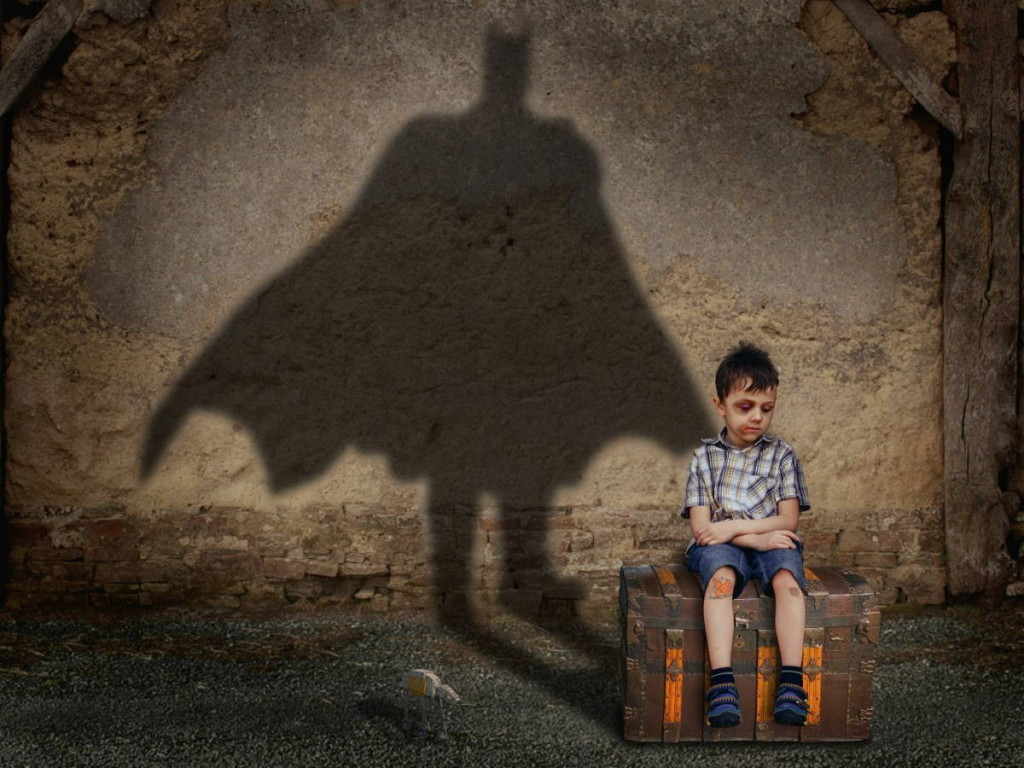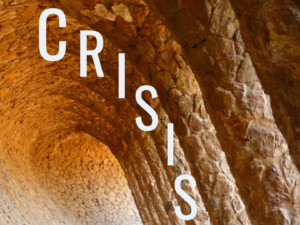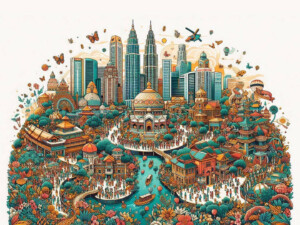To grow, or not to grow? A modern hero’s soliloquy

To pursue a strategy of tourism industry growth or degrowth is a destination-by-destination question, argues Ivana Damnjanović in her second “Good Tourism” Insight.
[You too can write a “GT” Insight.]
We live on a finite planet. We only have one. We use up all that it provides us much faster than it can replenish itself.
Travel, that inextricable wont we have as an ever-moving species, is no exception. Therefore, we need to reposition our self-image, recalibrate our perceived needs, within the life system we belong to.
The harmful effects of tourism are evident in some destinations, and they have a cumulative effect globally.
However, tourism has also been a source of some places’ revival.
Tourism’s potential for good remains — regardless of the state of the growth / degrowth debate — so we need to acknowledge that there are no two same destinations and no one-size-fits-all solution.
Also see “GT” Insight Bites
“Diverse perspectives on economic degrowth and tourism”
An approach that might be vital for one destination’s well-being, may be undeniably detrimental to another, while impossible to apply in yet another.
Unless adequately prepared for tourism, destinations risk a cascade of negative effects. The stakeholders in those worst affected by overtourism, for example, are likely to lean towards tourism degrowth.
In the pro-growth camp are the stakeholders of destinations that suffer from undertourism; deprived of the opportunity to benefit from sustainable and responsible tourism experiences co-creation.
Also see Ivana Damnjanović’s first “GT” Insight
“Travel, stories, education: The keys to happiness?”
Some destinations — protected parks and marine areas, for example — depend upon visitation to at least partially cover the protection costs and support their ultimate survival. Their goal is a sustainable, perhaps even a ‘regenerative’, equilibrium.
Therefore, regardless of whether tourism growth or tourism degrowth is an answer to a place’s problems, it still needs to re-calibrate and re-frame the travel & tourism industry in the context of other industries and the web of life in general.
So, what do we do? Grow or degrow? What is the answer? Whether a solution is pro-growth or degrowth, it should result from:
- A consensus of all stakeholders;
- Well-informed, educated, science-based decision-making that respects a unique complexity of interdependencies;
- Considering the perceivable positive socio-economic and environmental effects of tourism together with its invisible costs; and
- Framing tourism simultaneously, according to its immediate surroundings and the global context, through multiple prisms.
From both local and global perspectives, travel & tourism needs to change. The responsibility for this lies equally on tourists and the industry.
We cannot and should not stop travelling. It is in our DNA as guests or hosts. Probably “HOW?” and “WHY?” we travel are more purposeful questions than “HOW MUCH?”.
Less travel, as degrowth entails, is not necessarily the answer.
Don’t miss other “GT” Insights tagged with
“Carrying capacity, mass tourism, and overtourism”
What if we travelled and organised experiences more responsibly, based on educated and informed decisions?
It is perhaps more useful to anchor our intentions to travel or to facilitate travel in some knowledge of the following:
- That every destination is somebody’s home (people and nature included).
- Knowledge of the destination inside-out. Is everyone touched by tourism — their needs, desires, aspirations — part of the picture?
- What does the destination want from tourism (if anything at all)? Does tourism seamlessly blend into the community’s values and way of life? Can tourism help the destination regenerate?
- Is tourism in the destination’s vision? Does it support its complex eco-social system and intricate web of life that makes the essence of a place?
- The stories of each destination. Every place has a story; or a million stories that its communities and the industry can weave into experiences co-created with tourists. Does tourism enhance those stories or devalue them?
- Scientific knowledge and empirical evidence.
On the last point, it is vital that educated, science-based decisions result in sustainable initiatives and responsible entrepreneurship that help to provide answers as to HOW to travel; not only less harmfully, but in a way that contributes to necessary changes within destinations.
Such changes might include enhanced biodiversity preservation, climate change mitigation and adaptation, sustainability and regeneration, biomimicry, nature-based solutions, circular economy, et cetera.
To travel is to live. I do not favour exaggerations, and this may sound like one. However, everything needs to move to survive. Even to stand still, as we often do through tourism, we need a place, and more life.
Also see Ivana Damnjanović’s “GT” Travel Experience
“Old stories, new memories in Valjevo, Serbia”
Through travel & tourism we can help to breathe life into places, communities, and natural environments … If we have good intentions, and the care and willingness to learn until we know.
Conversely, without our good intentions, our care, and the knowledge we can gain, travel & tourism might be the most efficient way to suck the breath out of life … Both figuratively and literally.
What do you think? Share a short anecdote or comment below. Or write a deeper “GT” Insight. The “Good Tourism” Blog welcomes diversity of opinion and perspective about travel & tourism because travel & tourism is everyone’s business.
Featured image (top of post): To grow or not to grow? Image by Lothar Dieterich (CC0) via Pixabay.
About the author

Ivana Damnjanović is vice-dean for international cooperation at the Faculty of Health and Business Studies, Singidunum University, Serbia. Dr Damnjanović advocates enhanced student educational experiences through “the proliferation and transferability of teaching methods and applicability of the acquired knowledge”.
A sustainable tourism expert, Dr Damnjanović’s academic interests include community well-being; wellness through recreation, adventure, and nature-based tourism; regenerative tourism; sustainable tourism in protected areas; and tourist experiences, storytelling, interpretation, and their educational aspects.
She is a Global Sustainable Tourism Council member, a Transformational Travel Council Herald, a Planet Happiness Ambassador, a Future of Tourism Coalition signatory, and is active in IUCN WCPA TAPAS Group.





